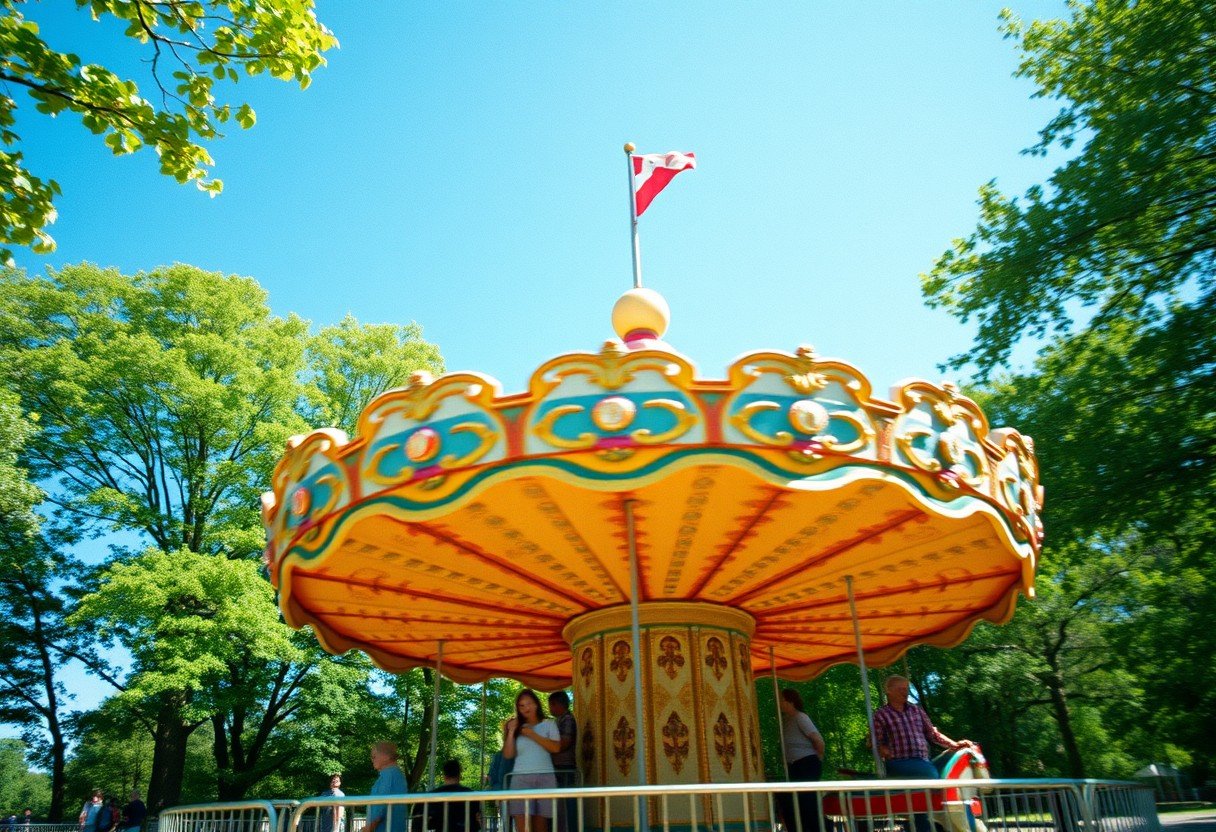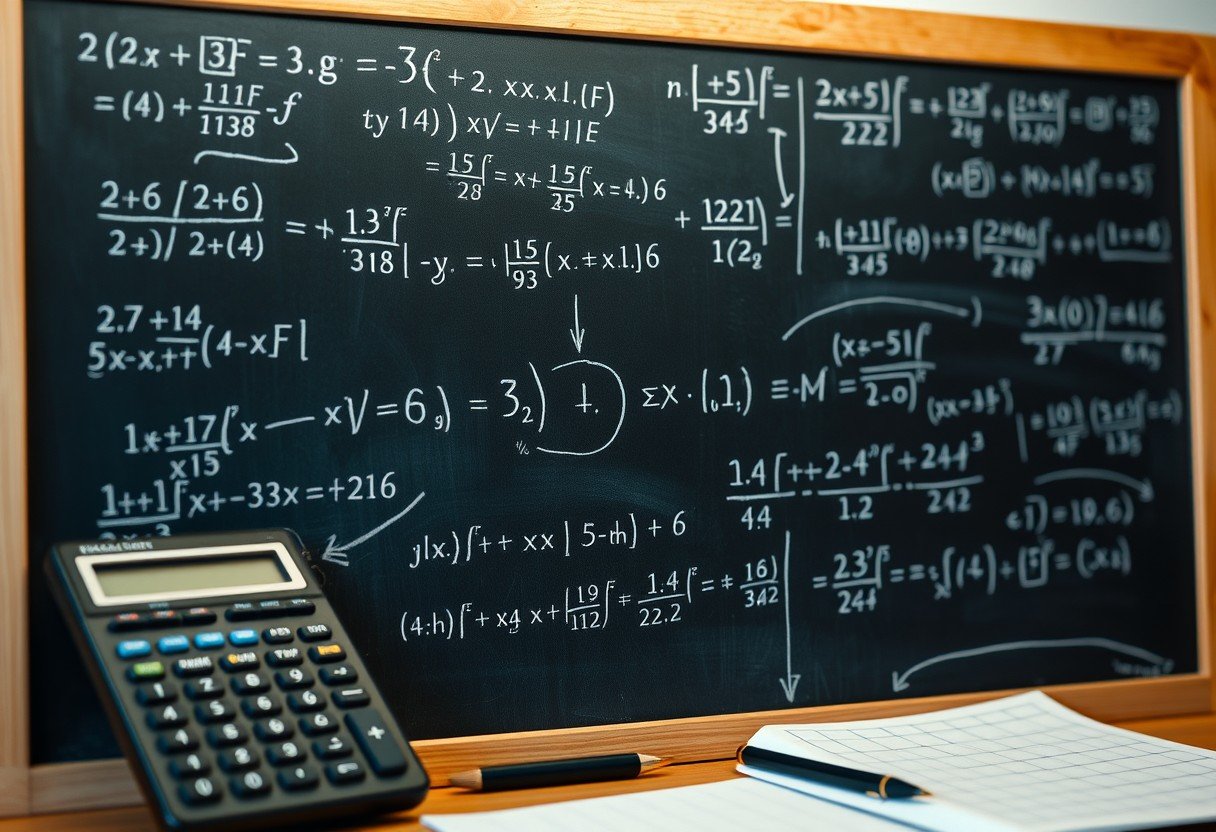Have you ever wondered exactly how many times a merry-go-round spins before it coasts to a complete stop? This common playground experience is a perfect example of physics in action. The number of final revolutions depends on its starting speed, the forces of friction at play, and how its weight is distributed. Understanding these principles can give you a new appreciation for this simple yet fascinating ride.
What Makes a Merry-go-round Spin Down?
A merry-go-round doesn’t just decide to stop; it is slowed by a process called deceleration. This is the gradual decrease in its rotational speed. The main culprit behind this slowdown is friction, an unseen force that resists motion.
When a merry-go-round is spinning, it has rotational kinetic energy. To stop, this energy must be removed from the system. Friction works to convert this energy of motion into heat, slowly bleeding momentum until the ride comes to a halt. Without any friction or other stopping forces like a brake, it would theoretically spin forever.
The rate of this deceleration is crucial. A merry-go-round with high friction, perhaps due to old or unlubricated parts, will decelerate quickly and make fewer revolutions. Conversely, a well-maintained one will spin for a much longer time, completing many more turns as it slowly stops.
The Key Factors Influencing the Final Revolutions
Several variables come together to determine the total number of spins a merry-go-round completes while stopping. The most obvious factor is its initial speed; the faster it’s going, the more energy it has to lose and the more revolutions it will make.
However, the distribution of mass is also critical. This is related to a concept called the moment of inertia, which is a measure of an object’s resistance to changes in its rotation. A merry-go-round with a lot of weight concentrated near the outer edge will have a higher moment of inertia and will want to keep spinning longer than one with its mass centered.
Other important elements include:
- Friction: The resistance in the bearings and between the structure and the ground.
- Air Resistance: The drag created as the structure spins through the air.
- Applied Brakes: Any mechanism intentionally used to create friction and slow the ride down.
Each of these factors plays a role in dissipating the ride’s energy. The combination of high initial speed and low friction will result in the maximum number of revolutions before stopping.
A Closer Look at the Role of Friction
Friction is the single most important force when a merry-go-round coasts to a stop without a brake. It acts as a constant opponent to the motion, gradually slowing the rotation with each turn. This force isn’t just one thing but a combination of different types of resistance.
The primary type of friction involved is kinetic friction within the mechanical components, such as the central axle or bearings. This friction generates heat as the metal parts rub against each other. The design and lubrication of these parts heavily influence how much friction is present.
Here are the main types of friction that affect the merry-go-round:
| Type of Friction | How It Affects the Merry-go-round |
|---|---|
| Kinetic Friction | Acts between the moving parts, like the axle and its housing, converting motion to heat. |
| Rolling Friction | Occurs if any parts of the support structure roll against a surface. |
| Air Resistance | A form of drag that opposes the motion as the platform and riders move through the air. |
How to Measure the Revolutions During Deceleration
You can perform a simple experiment to measure the revolutions yourself. All you need is a stopwatch and a way to mark a starting point on the merry-go-round. Start the stopwatch the moment the merry-go-round begins to slow down on its own and count every full rotation until it stops completely.
For a more scientific approach, physicists use formulas involving angular motion. The calculation requires knowing the initial angular velocity (how fast it’s spinning at the start), the final angular velocity (which is zero), and the angular deceleration (the rate at which it slows down).
While the math can get complex, the basic idea is simple. By measuring the total time it takes to stop and its initial speed, you can calculate the average speed during the deceleration period. This average speed, multiplied by the time, gives you the total distance traveled, which can then be converted into the number of revolutions.
The Science of Energy Dissipation
To truly understand why the merry-go-round stops, we need to think about energy. A spinning merry-go-round is full of rotational kinetic energy. According to the law of conservation of energy, that energy cannot just disappear; it must be transformed into another form.
As the merry-go-round slows, friction and air resistance do the work of converting this kinetic energy into thermal energy, or heat. You won’t be able to feel the parts getting hot because the energy is dissipated over a large area and a long time, but this transformation is constantly happening.
This process of energy dissipation is what governs the stopping motion. The more efficient the system is at dissipating energy, the faster the merry-go-round will stop. A deliberate braking system is designed to dissipate this energy very quickly and safely, while natural friction does it much more gradually.
Frequently Asked Questions
What factors determine how many revolutions a merry-go-round makes as it stops?
The primary factors are its initial speed, the amount of friction in its moving parts, its total mass and how that mass is distributed (moment of inertia), and any external forces like air resistance or an applied brake.
Can the size of the merry-go-round affect the number of revolutions?
Yes, a larger or heavier merry-go-round generally has a greater moment of inertia, meaning it resists changes to its motion more. Assuming similar friction, a larger one might spin for a longer time and complete more revolutions than a smaller one with the same initial speed.
Is there a formula to calculate the number of revolutions a merry-go-round makes while stopping?
There isn’t one single formula, but you can use principles of rotational kinematics. By determining the initial angular velocity and the angular deceleration caused by friction, you can calculate the total angular displacement (the total angle it turns through) before it comes to rest.
Does the material of the merry-go-round have an impact on its stopping behavior?
Absolutely. The materials used in the bearings and contact surfaces determine the coefficient of friction, which directly impacts how quickly it slows down. The weight of the material also contributes to its overall mass and moment of inertia.
How do external factors like wind affect the stopping process?
External factors can play a significant role. Strong wind creates air resistance, which acts as a drag force that helps slow the merry-go-round down, reducing the total number of revolutions it makes before stopping.









Leave a Comment